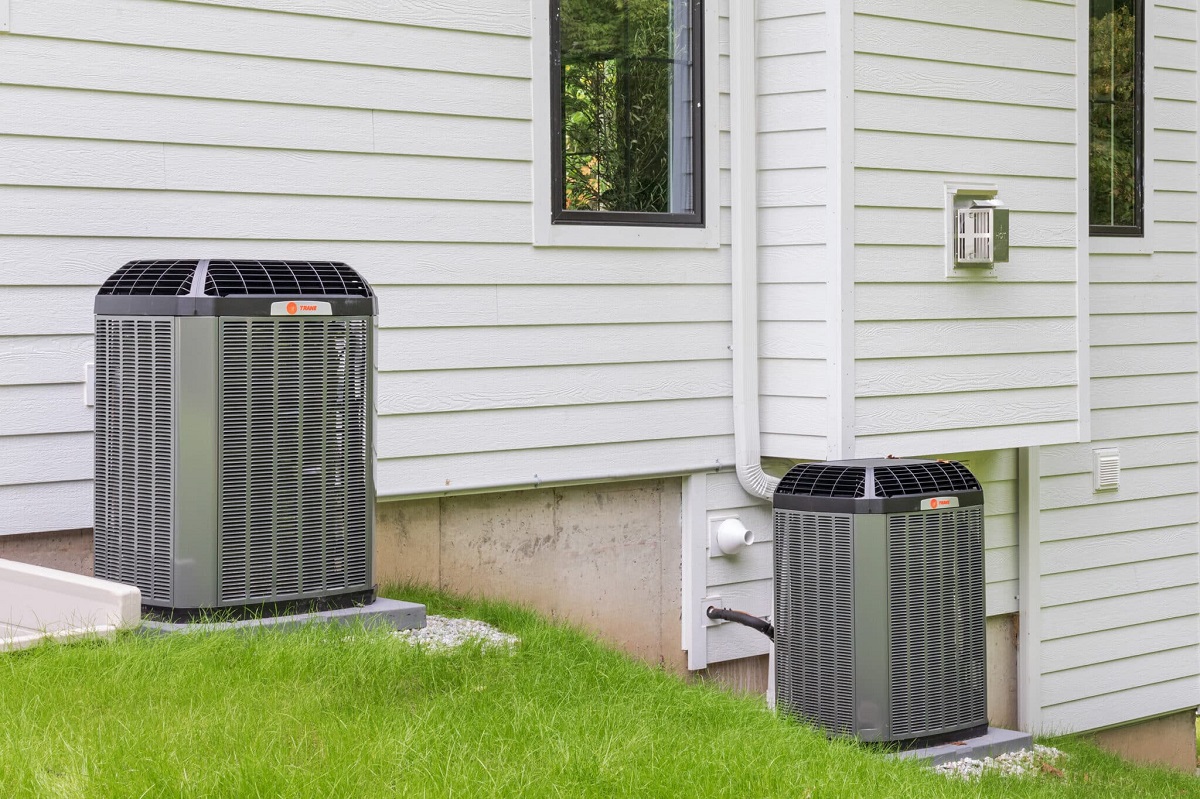

Articles
How Big Of An AC Unit Do I Need
Modified: March 25, 2024
Determining the ideal size of an AC unit is crucial for efficient cooling. Our articles provide valuable insights on calculating your AC unit needs.
(Many of the links in this article redirect to a specific reviewed product. Your purchase of these products through affiliate links helps to generate commission for Storables.com, at no extra cost. Learn more)
Overview
Choosing the right air conditioning unit for your home or office is crucial to ensuring comfort and energy efficiency. One of the most common questions that arises during the selection process is: “How big of an AC unit do I need?” The size of the AC unit is determined by several factors, including square footage, climate conditions, insulation, and more.
In this article, we will guide you through the process of calculating the appropriate size of an air conditioning unit for your space. By understanding the key factors that come into play, you’ll be able to make an informed decision and enjoy optimal cooling performance.
Calculating the required AC unit size involves assessing the square footage of the area you need to cool, as well as considering other factors that influence the cooling load. These factors include climate conditions, insulation and air leakage, sun exposure, ceiling height, additional heat sources, and energy efficiency ratings.
Before we dive into the details, it’s important to note that choosing the right size AC unit is essential. An undersized unit will struggle to cool the space efficiently, while an oversized unit can lead to excessive energy consumption, poor humidity control, and other issues. Finding the right balance is key to achieving optimal performance and energy efficiency.
So, let’s take a closer look at the factors that affect the size of the AC unit and how to calculate the ideal size for your specific needs.
Key Takeaways:
- Properly sizing your AC unit is crucial for optimal performance and energy efficiency. Factors such as square footage, climate conditions, insulation, and sun exposure all play a role in determining the ideal size for your specific needs.
- Considering additional heat sources, energy efficiency ratings, and consulting with a professional can help you accurately determine the right size AC unit. Finding the balance between cooling capacity and energy efficiency is key to long-term comfort and cost-effectiveness.
Read more: How Do I Know If My AC Needs Freon
Calculating the Required AC Unit Size
When it comes to determining the size of the AC unit you need, it’s important to consider the cooling load of your space. The cooling load refers to the amount of cooling capacity required to maintain a comfortable indoor temperature.
There are several factors that affect the cooling load, and it’s crucial to evaluate each one to accurately determine the appropriate size of your AC unit.
The first factor to consider is the square footage of the area you need to cool. This is usually the main factor in determining the size of the AC unit. To calculate the square footage, measure the length and width of each room and multiply them together. Add up the square footage of all the rooms you want to cool to get the total square footage.
Once you have the square footage, you need to consider the climate conditions where you live. Hotter climates require larger AC units to handle the increased cooling load. You may need to consult with a professional to determine the specific cooling requirements for your climate.
Insulation and air leakage also play a role in determining the size of the AC unit. A well-insulated space with minimal air leakage will require a smaller AC unit compared to a poorly insulated space.
Another factor to consider is the sun exposure of your space. Rooms that receive direct sunlight will have a higher cooling load and may require a larger AC unit to combat the additional heat.
Ceiling height and room usage also impact the cooling load. Rooms with high ceilings or specific usage, such as a kitchen or a server room, may require additional cooling capacity.
Lastly, take into account any additional heat sources in your space, such as electronics, appliances, or occupants. These sources contribute to the overall cooling load and should be factored in when determining the size of the AC unit.
By considering all of these factors and using them as a guide, you can calculate the required AC unit size that will effectively cool your space and provide optimal comfort.
Factors Affecting AC Unit Size
When determining the size of an air conditioning (AC) unit for your space, there are several factors you need to take into consideration. These factors play a crucial role in determining the cooling capacity required to maintain a comfortable indoor environment. Let’s explore the key factors that affect AC unit size:
- Square Footage: The size of your space is one of the primary factors in determining the AC unit size. Larger spaces require more cooling capacity. Measure the length and width of each room and calculate the total square footage to estimate the cooling load.
- Climate Conditions: The climate in your region is another important factor. Hot and humid climates require larger AC units to handle the higher cooling load, while milder climates may require smaller units.
- Insulation and Air Leakage: The quality of insulation in your space and the presence of air leaks impact the cooling load. Well-insulated areas with minimal air leakage require smaller AC units, while poorly insulated spaces may require larger units to compensate for heat gain.
- Sun Exposure: Rooms that receive direct sunlight tend to accumulate more heat and require additional cooling capacity. Consider the orientation of your windows and the amount of sunlight your space receives when determining the AC unit size.
- Ceiling Height and Room Usage: Rooms with higher ceilings require more cooling capacity due to increased air volume. Additionally, spaces with specific usage, such as kitchens or server rooms, may generate higher heat loads and require larger AC units.
- Additional Heat Sources: Electronic equipment, appliances, and the number of occupants in a space contribute to the cooling load. Take into account any additional heat sources when calculating the required AC unit size.
It’s important to note that these factors are interrelated, and a comprehensive assessment is necessary to determine the optimal AC unit size. Consulting with a professional can help you accurately evaluate these factors and choose the right size AC unit for your space.
By considering these factors, you can ensure that your AC unit is appropriately sized to provide optimal cooling performance, energy efficiency, and long-term comfort in your home or office.
Square Footage Calculation
Calculating the square footage of your space is a crucial step in determining the size of the air conditioning (AC) unit you need. This measurement helps estimate the cooling load and ensures that the AC unit can effectively cool the entire area. Here’s how to calculate the square footage:
- Measure the Length and Width: Begin by measuring the length and width of each room in your space using a tape measure. Measure from wall to wall, accounting for any alcoves or nooks.
- Multiply Length and Width: Multiply the length and width measurements of each room to get the square footage of that specific room. For example, if a room is 10 feet long and 12 feet wide, the square footage would be 120 square feet (10 ft x 12 ft = 120 sq ft).
- Add Up the Square Footage: Repeat this process for each room in your space and add up the square footage of all the rooms to get the total square footage. This will give you an estimate of the cooling load you need to consider when selecting an AC unit.
It’s important to note that this calculation only accounts for the square footage of the area you want to cool. It does not consider other factors such as insulation, sun exposure, or additional heat sources, which also influence the cooling load. Consulting with a professional can help you accurately assess these factors and determine the appropriate AC unit size.
Additionally, keep in mind that ceilings with different heights will affect the overall volume of air in a room. Higher ceilings require more cooling capacity compared to lower ceilings. Take this into consideration when calculating the square footage and selecting the AC unit.
By accurately calculating the square footage of your space and considering other factors that contribute to the cooling load, you can choose the right size AC unit that will effectively keep your space comfortable and energy-efficient.
Climate Considerations
When determining the size of an air conditioning (AC) unit for your space, it is crucial to consider the climate conditions in your region. The climate plays a significant role in the cooling load, as it directly affects the temperature and humidity levels. Here are some climate considerations to keep in mind when selecting an AC unit:
- Hot and Humid Climates: In regions with hot and humid climates, the cooling load is higher because the AC unit needs to remove both heat and moisture from the air. As a result, larger and more powerful AC units are typically needed to maintain a comfortable indoor environment.
- Mild Climates: In milder climates, where the temperature and humidity levels are lower, the cooling load is generally lower. Therefore, smaller AC units may be sufficient to achieve the desired comfort level.
- Seasonal Variations: Consider whether your region experiences significant seasonal temperature variations. If summers are particularly hot, you might need a larger AC unit to handle the peak cooling demand during those months.
- Nighttime Temperatures: Take into account the nighttime temperatures in your area. If the temperatures drop significantly during the night, you may be able to rely on natural ventilation or smaller AC units to cool your space during those hours.
- Climate Change: It is also important to consider the impact of climate change on your region. Rising temperatures or shifts in weather patterns might require you to reassess the cooling load and potentially invest in a more powerful AC unit to cope with the changing climate conditions.
Remember that climate conditions are just one factor to consider when selecting the size of your AC unit. Other factors such as insulation, sun exposure, and room usage also play a significant role in determining the cooling load.
Consulting with a professional HVAC specialist can help you accurately assess the climate conditions and evaluate all the necessary factors to choose the right size AC unit for your specific needs. By taking climate considerations into account, you can ensure that your AC unit effectively cools your space and provides optimal comfort throughout the year.
Read more: How Many Btu AC Do I Need
Insulation and Air Leakage
Insulation and air leakage are critical factors to consider when determining the size of an air conditioning (AC) unit. They directly impact the cooling load and energy efficiency of your space. Proper insulation and minimizing air leakage are crucial for maintaining a comfortable indoor environment. Here’s how insulation and air leakage affect AC unit size:
Insulation:
Insulation helps to regulate the transfer of heat between the inside and outside of your space. Well-insulated areas retain cool air and prevent heat from entering, reducing the cooling load. On the other hand, poorly insulated areas allow heat to seep in, increasing the cooling load and requiring a larger AC unit to compensate.
When evaluating insulation, consider the quality and thickness of insulation in walls, ceilings, and floors. Insulated windows and doors also play a role in preventing heat transfer. The higher the insulation value (R-value), the better the insulation’s ability to resist heat flow.
Air Leakage:
Air leakage occurs when there are gaps, cracks, or openings in the building envelope that allow conditioned air to escape and unconditioned air to enter. This not only affects the efficiency of your AC unit but also contributes to an increase in the cooling load.
Assessing air leakage involves identifying areas of potential air leaks, such as around windows and doors, electrical outlets, and vents. Sealing these gaps with weatherstripping, caulking, or insulation can help minimize air leakage and reduce the cooling load.
It’s important to note that insulation and air leakage work hand in hand. Even if you have sufficient insulation, air leakage can still compromise the efficiency of your AC unit. On the other hand, even with minimal air leakage, poor insulation can lead to significant heat gain and increased cooling load.
By ensuring proper insulation and minimizing air leakage in your space, you can reduce the cooling load and potentially select a smaller AC unit. This not only saves energy but also enhances the overall comfort and performance of your cooling system.
Consulting with a professional contractor or energy auditor can help you assess the insulation and air leakage in your space and make informed decisions about the size of your AC unit.
When determining the size of an AC unit you need, consider factors such as the size of the space, insulation, climate, and number of occupants. It’s best to consult with a professional to ensure you get the right size for your specific needs.
Sun Exposure
When determining the size of an air conditioning (AC) unit, it is important to consider the sun exposure your space receives. Sun exposure directly affects the cooling load, as rooms that are exposed to direct sunlight tend to accumulate more heat. Here’s how sun exposure impacts AC unit size:
Solar Heat Gain:
Direct sunlight can significantly increase the temperature of a room, causing discomfort and increasing the cooling load. This solar heat gain occurs when sunlight enters through windows, skylights, or glass doors and warms up the interior space.
South-Facing Windows:
Rooms with south-facing windows typically receive the most sun exposure throughout the day. The intensity and duration of direct sunlight on these windows can have a significant impact on the cooling load. Consider the size and orientation of these windows when selecting an AC unit.
Shading Solutions:
Implementing shading solutions can help minimize solar heat gain and reduce the cooling load. Options include installing blinds, curtains, or window films, or using external shading devices such as awnings or shades. These measures can help block or diffuse sunlight, preventing excessive heat gain and reducing the strain on your AC unit.
Orientation of Your Space:
The layout and orientation of your space also play a role in sun exposure. East and west-facing rooms tend to receive sunlight during specific times of the day, while north-facing rooms generally receive less direct sunlight. Understanding the sun’s path and the specific orientation of your space can help you assess the cooling load accurately.
Reflective Roofing:
If your space has a flat or low-sloped roof, consider using reflective roofing materials to reduce solar heat gain. These materials reflect a higher percentage of sunlight away from the building, minimizing heat absorption and subsequently reducing the cooling load.
By considering the sun exposure your space receives and implementing appropriate shading strategies, you can help reduce the cooling load and potentially select a smaller AC unit. However, it’s important to note that other factors, such as square footage and insulation, still need to be taken into account when determining the optimal AC unit size.
Consulting with a professional can provide valuable insights into assessing the impact of sun exposure on your cooling load and selecting the right size AC unit for your specific needs.
Ceiling Height and Room Usage
When determining the size of an air conditioning (AC) unit for your space, it is important to consider the ceiling height and the specific usage of the room. These factors directly impact the cooling load and the overall comfort of your space. Here’s how ceiling height and room usage affect AC unit size:
Ceiling Height:
The height of your ceilings affects the volume of air in the room. Higher ceilings result in a larger air volume that needs to be cooled. As a general rule, for every additional foot of ceiling height beyond the standard 8 feet, you may need to increase the cooling capacity by around 10% to adequately cool the space.
For example, a room with 10-foot ceilings may require a larger AC unit compared to a room with 8-foot ceilings of the same square footage. It’s important to consider the ceiling height when calculating the cooling load to ensure the AC unit can effectively maintain a comfortable temperature.
Room Usage:
The function and usage of the room also play a role in determining the cooling load. Some activities generate more heat, increasing the cooling load and potentially requiring a larger AC unit.
For instance, kitchens and server rooms typically generate higher heat loads due to the use of appliances and equipment. These spaces may require additional cooling capacity to maintain a comfortable temperature and prevent overheating.
Consider the specific usage of each room and the potential heat sources it contains. If you have multiple rooms with different usages, you may need to vary the size of the AC units to meet the cooling demands of each space.
It’s important to assess both the ceiling height and room usage when determining the right size AC unit. By calculating the cooling load based on the volume of air in the room and accounting for any additional heat sources, you can select an appropriately sized AC unit that effectively cools your space.
Consulting with a professional can provide valuable insights into evaluating ceiling height and room usage to ensure optimal cooling performance and comfort in your space.
Additional Heat Sources
When determining the size of an air conditioning (AC) unit for your space, it’s important to take into account any additional heat sources present. These heat sources contribute to the cooling load and can impact the performance and efficiency of the AC unit. Here’s how additional heat sources affect AC unit size:
Electronics and Appliances:
Electronic devices and appliances generate heat during operation. Computers, televisions, refrigerators, ovens, and even lighting fixtures can produce significant heat that adds to the cooling load of a room. Consider all the electronic equipment and appliances present in the space and factor in their heat output when determining the appropriate size of the AC unit.
Occupancy:
The number of people in a room also contributes to the heat load. Each person produces body heat, which increases the cooling demand. If the space is frequently occupied by multiple people, such as a conference room or living area, you may need a larger AC unit to handle the additional heat generated by the occupants.
Natural Light:
Natural light through windows and skylights can add to the cooling load of a space. While it provides visual benefits, sunlight also brings heat into the room. Consider the number, size, and orientation of windows in the space, as well as the quality of window treatments, to evaluate its impact on the cooling load.
Other Heat Sources:
In addition to electronics, appliances, occupancy, and natural light, other potential heat sources should be taken into account. These may include heat-emitting equipment, such as printers or photocopiers, or heat generated from adjacent spaces, such as a laundry room or storage area. Assess all potential heat sources to accurately determine the cooling load.
By considering these additional heat sources, you can ensure that the AC unit is appropriately sized to handle the combined cooling load generated by electronics, appliances, occupancy, and natural light. Oversizing the unit to compensate for these heat sources can lead to energy inefficiency and unnecessary expenses.
Consulting with a professional can provide valuable insights into evaluating additional heat sources and selecting the ideal size AC unit to effectively cool your space while maintaining energy efficiency.
Read more: What Size Window AC Unit Do I Need
Energy Efficiency Ratings
When choosing an air conditioning (AC) unit, it’s important to consider the energy efficiency ratings to ensure optimal performance and cost-effectiveness. Energy efficiency ratings provide valuable information about how efficiently the AC unit can cool your space and how much energy it consumes. Understanding these ratings can help you make a more informed decision. Here are the key energy efficiency ratings to look for:
SEER (Seasonal Energy Efficiency Ratio):
The SEER rating measures the cooling efficiency of an AC unit over an entire cooling season. It calculates the ratio of cooling output (measured in British thermal units or BTUs) to energy input (measured in watt-hours) during a typical cooling season. Higher SEER ratings indicate greater energy efficiency, with the most efficient units boasting SEER ratings of 14 or above.
EER (Energy Efficiency Ratio):
The EER rating measures the cooling efficiency of an AC unit based on a specified set of conditions. Unlike the SEER rating, the EER rating represents the cooling efficiency at a specific outdoor temperature, indoor temperature, and humidity level. Higher EER ratings indicate better energy efficiency, with top-performing units typically having EER ratings of 12 or higher.
ENERGY STAR Certification:
The ENERGY STAR certification is awarded to AC units that meet strict energy efficiency guidelines set by the U.S. Environmental Protection Agency (EPA). ENERGY STAR certified units typically achieve higher SEER and EER ratings compared to standard models, resulting in energy savings and reduced utility bills.
Inverter Technology:
Inverter technology is another feature to consider for enhanced energy efficiency. AC units with inverter technology can adjust the compressor speed according to the cooling demand, resulting in reduced energy consumption and more precise temperature control.
When evaluating AC units based on energy efficiency ratings, it’s important to consider the specific cooling requirements of your space. While higher SEER and EER ratings indicate greater energy efficiency, they may not always be necessary for smaller spaces or regions with milder climates.
By selecting an AC unit with high energy efficiency ratings and appropriate features for your needs, you can reduce energy consumption, lower utility costs, and support environmental sustainability.
Consulting with a professional HVAC specialist or utilizing online resources can help you navigate energy efficiency ratings and choose the most suitable AC unit that balances energy efficiency and cooling performance for your specific requirements.
Conclusion
Choosing the right size air conditioning (AC) unit is essential for ensuring optimal cooling performance, energy efficiency, and comfort in your home or office. By considering various factors that influence AC unit size, you can make an informed decision and achieve the desired cooling results. Here’s a summary of the key takeaways:
- Calculating the required AC unit size involves assessing the square footage of the area you need to cool and considering factors such as climate conditions, insulation, sun exposure, ceiling height, room usage, and additional heat sources.
- Climate conditions play a significant role in the cooling load. Hotter climates generally require larger AC units, while milder climates may require smaller units.
- Insulation and air leakage affect the cooling load. Well-insulated spaces with minimal air leakage require smaller AC units, whereas poorly insulated areas may require larger units.
- Sun exposure contributes to the cooling load. Rooms that receive direct sunlight may require larger AC units to combat the additional heat from solar radiation.
- Ceiling height and room usage impact the cooling load. Higher ceilings and specific room functions, such as kitchens or server rooms, may require additional cooling capacity.
- Additional heat sources, such as electronics, appliances, occupancy, and natural light, contribute to the cooling load and should be considered when selecting the AC unit size.
- Energy efficiency ratings, such as SEER and EER, provide valuable information about how efficiently an AC unit operates. ENERGY STAR certification and inverter technology are features that can enhance energy efficiency.
By considering all these factors and possibly consulting with a professional HVAC specialist, you can accurately determine the ideal size of the AC unit for your specific needs. Remember that selecting the right size unit is crucial—undersized units may struggle to cool the space effectively, while oversized units can be inefficient and lead to unnecessary energy consumption.
Take the time to evaluate your cooling requirements, assess the factors discussed in this article, and make an informed decision. With the right-sized AC unit, you can enjoy optimal cooling, energy efficiency, and comfort in your space, regardless of the outside temperature.
Frequently Asked Questions about How Big Of An AC Unit Do I Need
Was this page helpful?
At Storables.com, we guarantee accurate and reliable information. Our content, validated by Expert Board Contributors, is crafted following stringent Editorial Policies. We're committed to providing you with well-researched, expert-backed insights for all your informational needs.
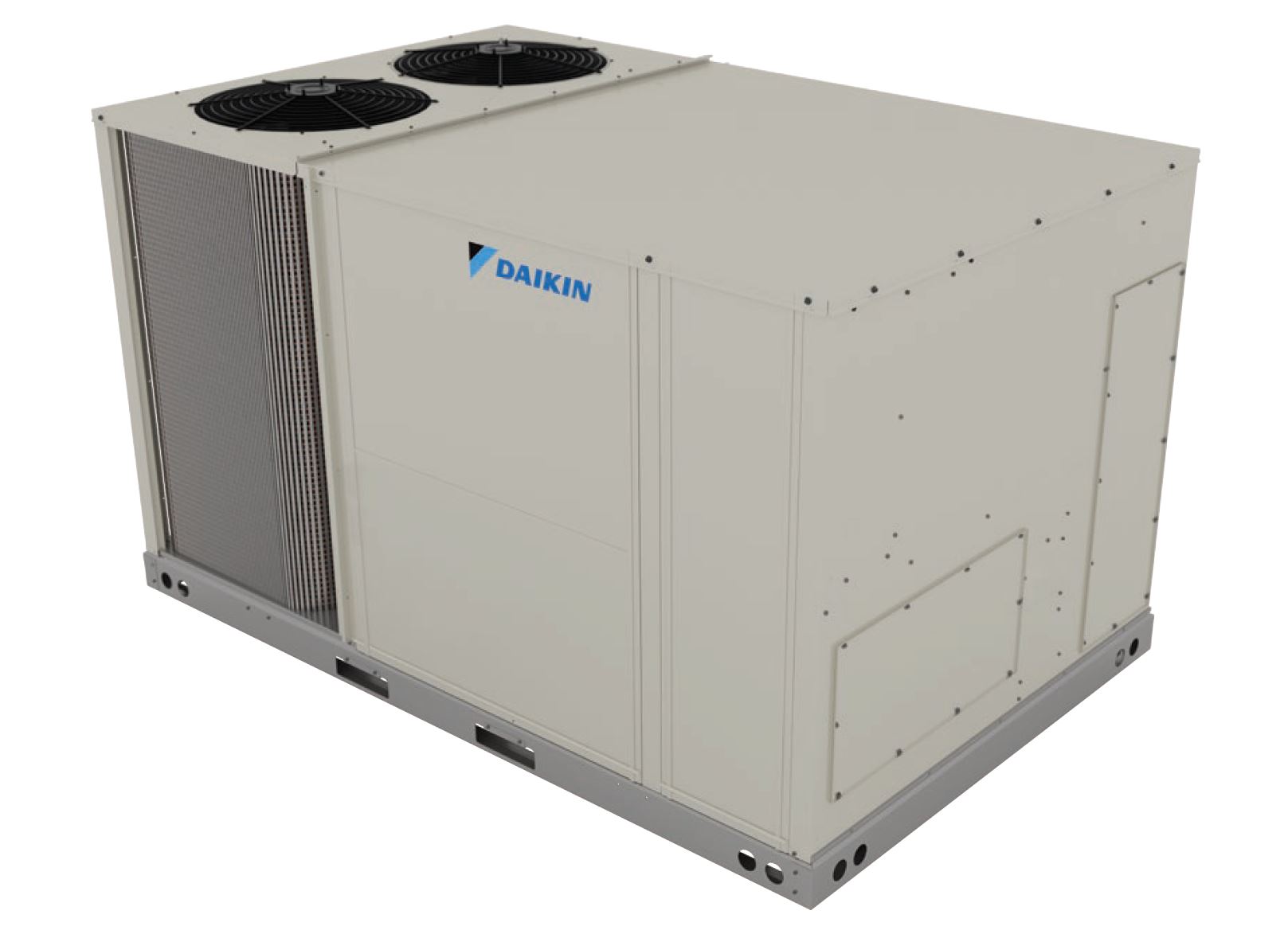
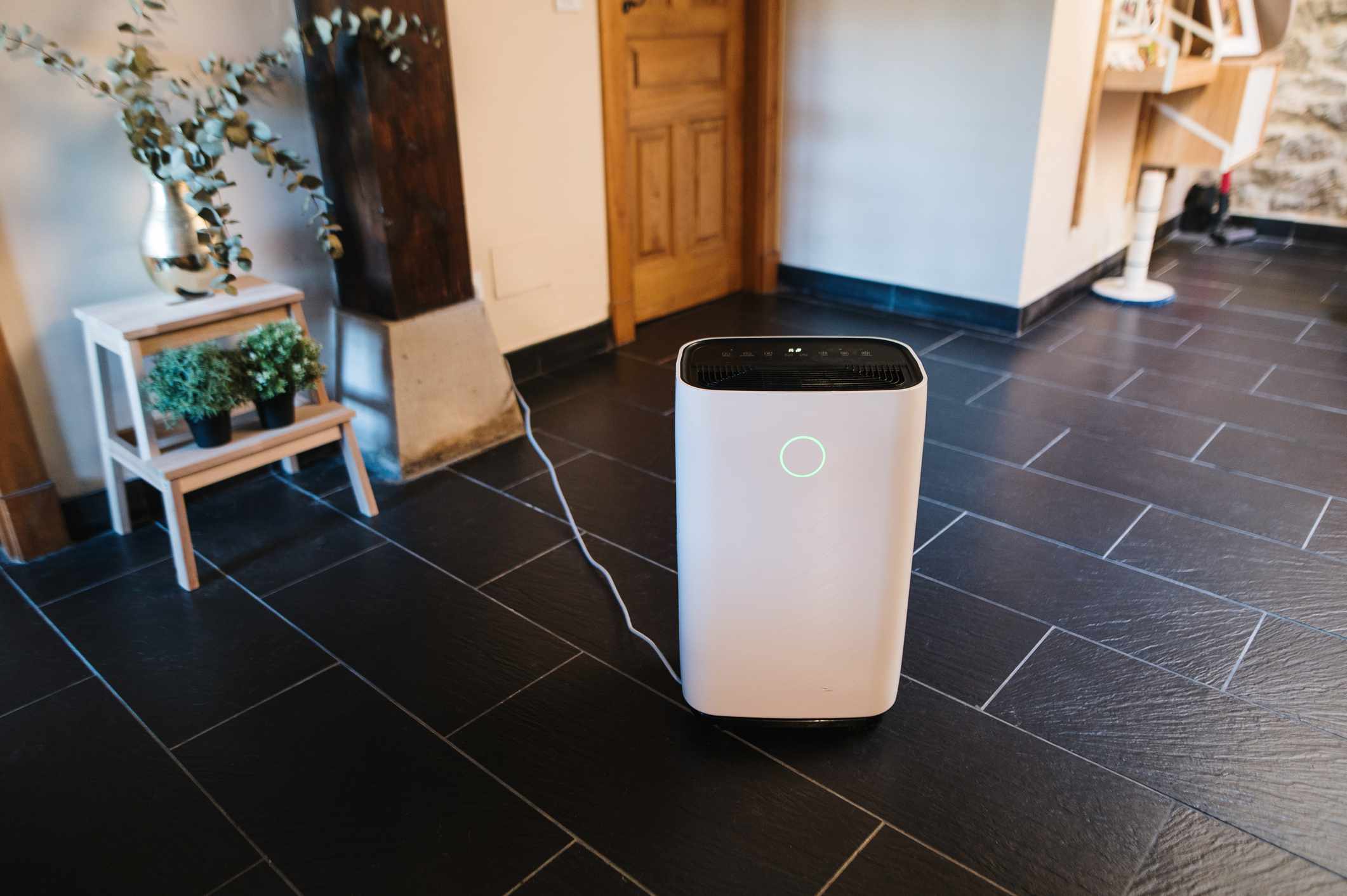
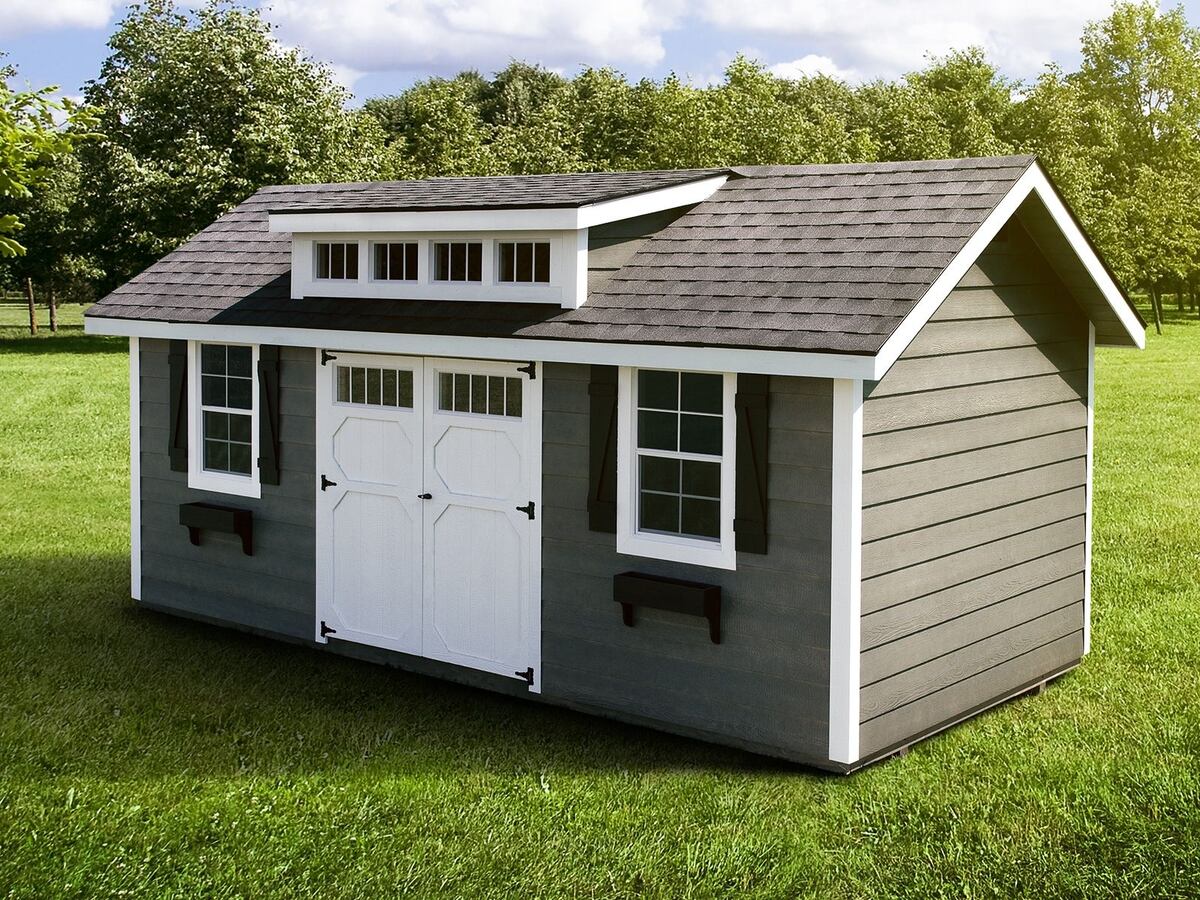


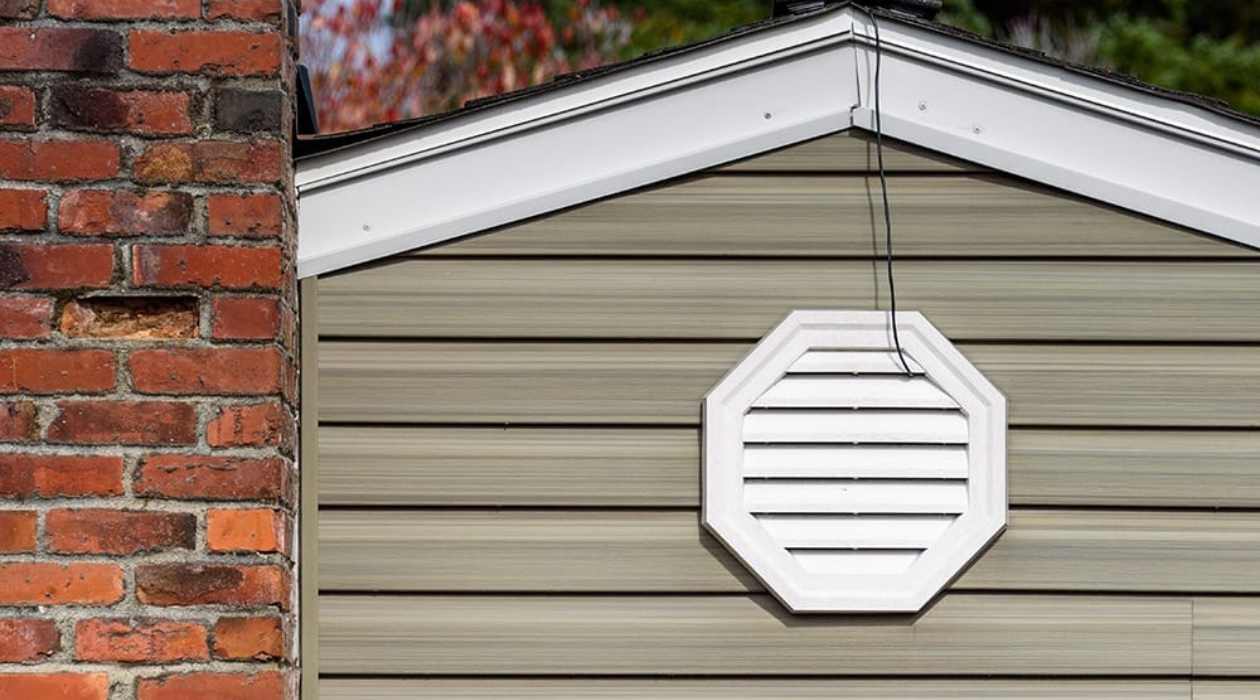
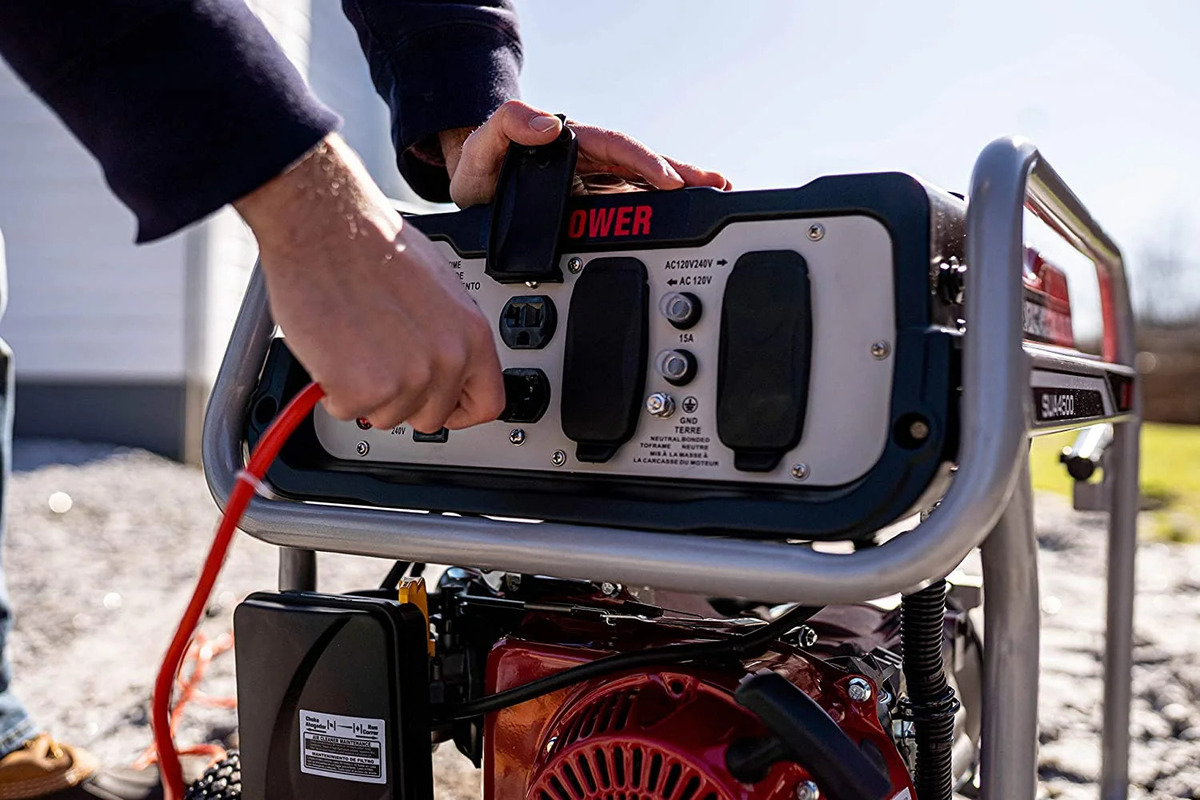
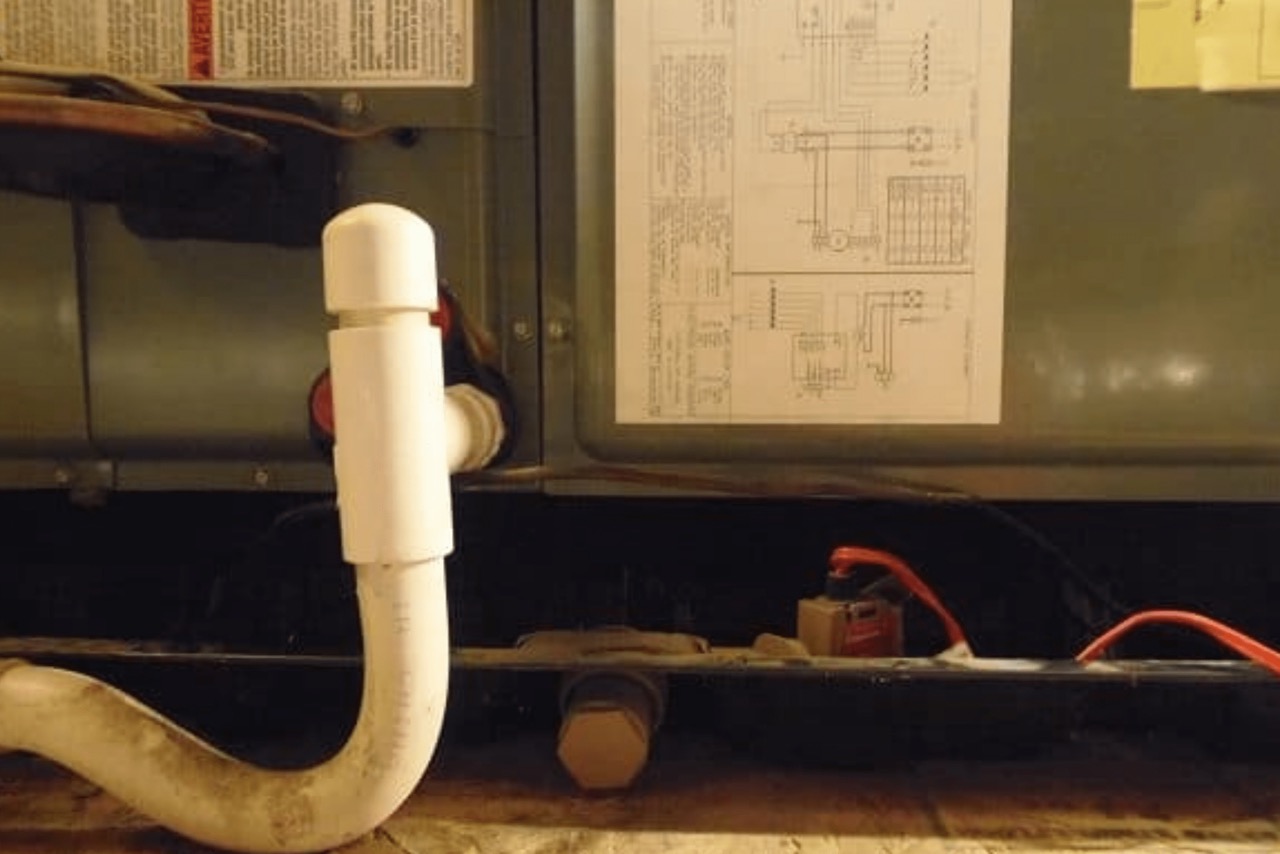
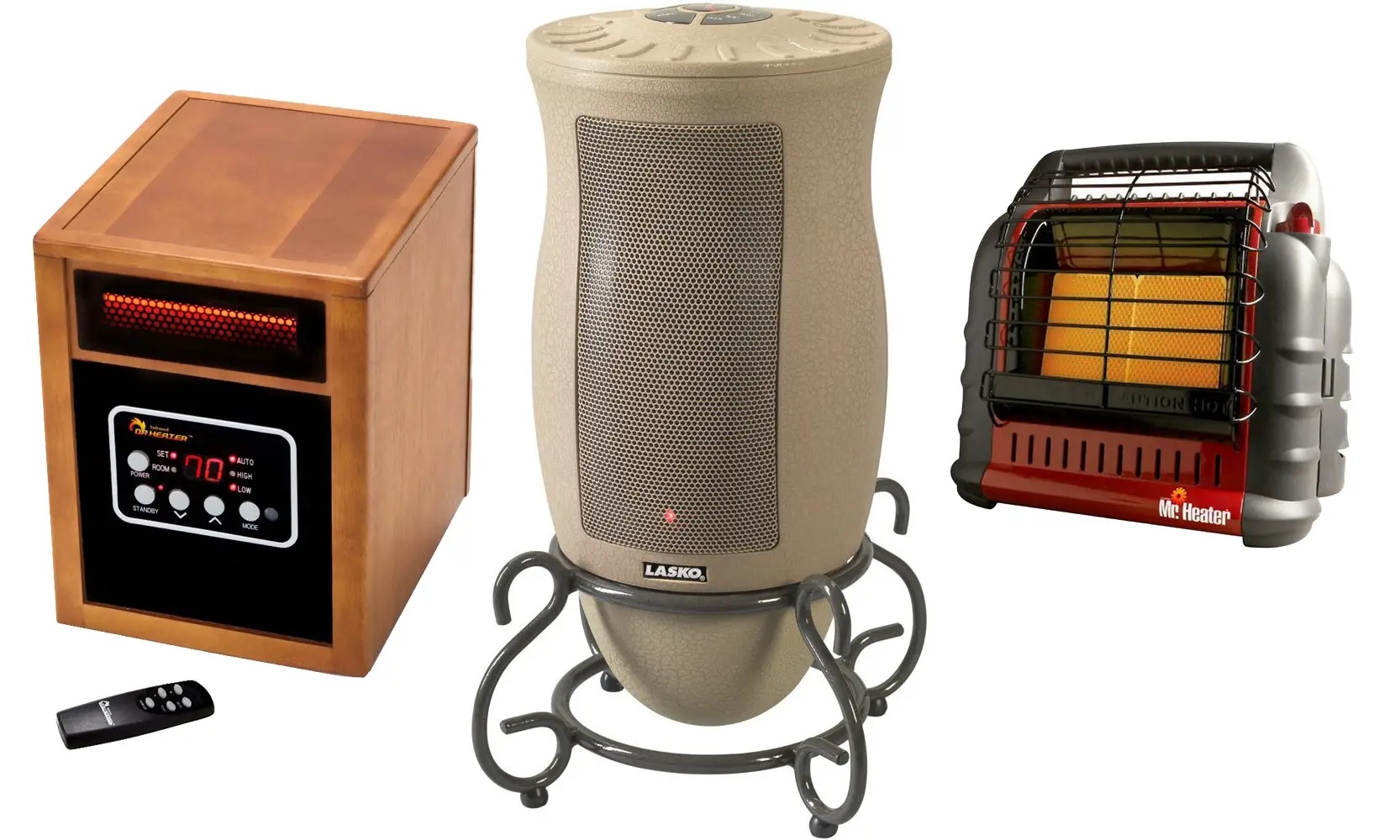


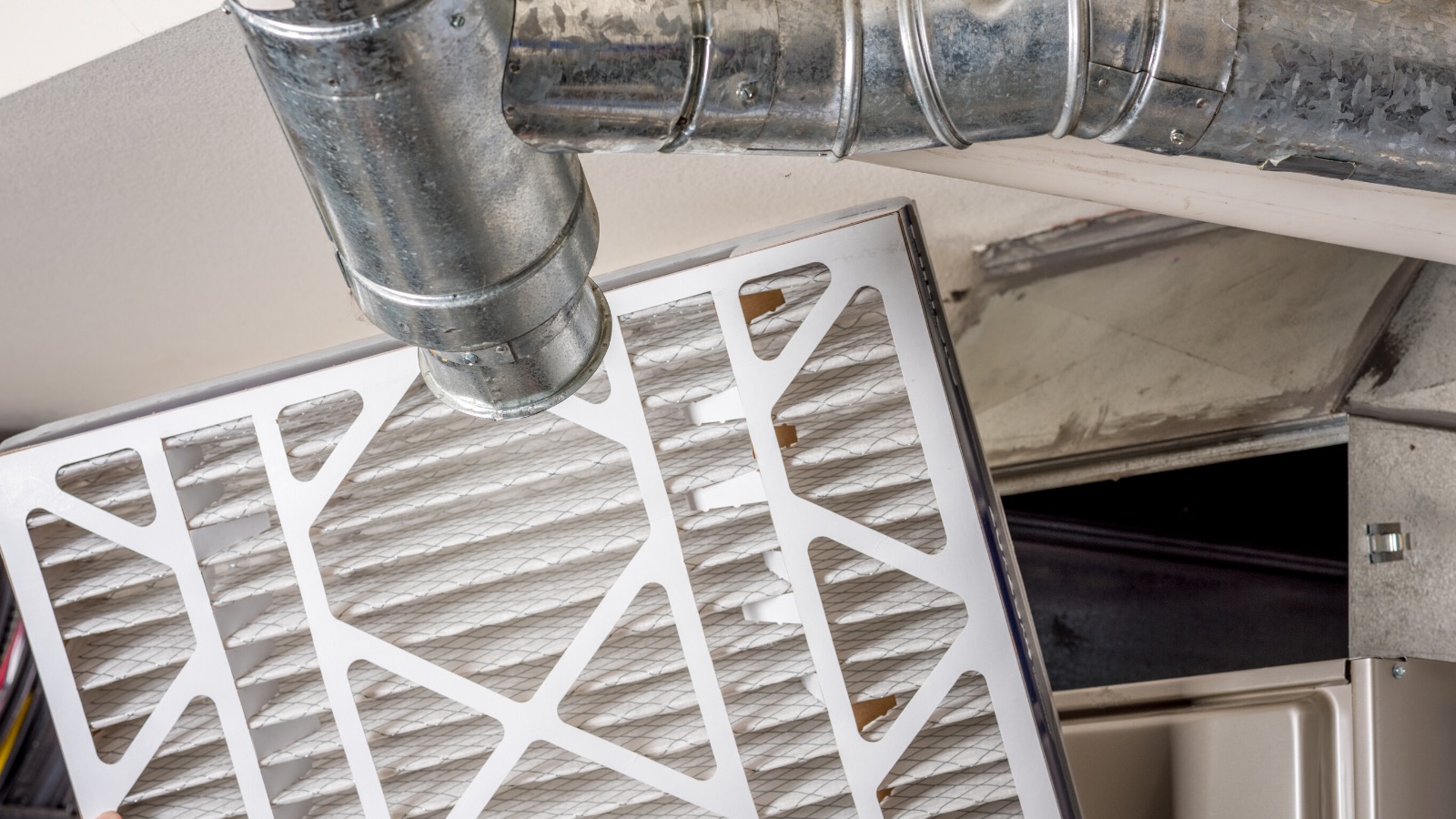
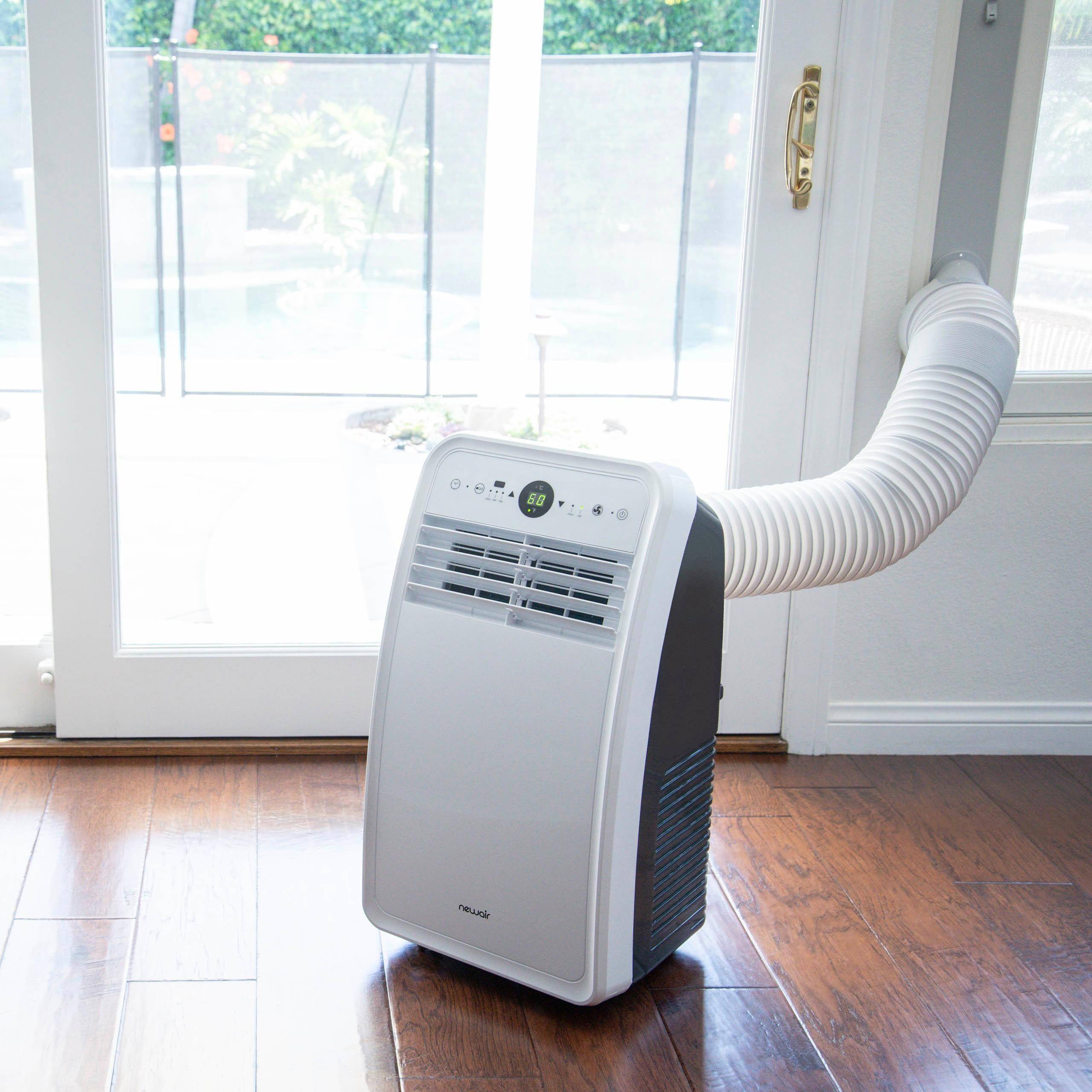

0 thoughts on “How Big Of An AC Unit Do I Need”